Using fNIRS to explore neurocognitive aging: An interview with Dr. Claudia Gonzalez
Dr. Claudia Gonzalez is currently working as Assistant Professor of Psychology at Thompson Rivers University, with a focus on neurocognitive aging. Her research examines how neurological and cognitive changes influence aging, aiming to understand factors that may protect against, or lead to neurological diseases. Dr. Gonzalez utilizes neuroimaging techniques, including fNIRS, fMRI, TMS and eye tracking to connect brain function with behavior. Her educational background includes degrees in Biomedical Engineering, Motor Behavior and Control, and Psychology.
For more information, please visit Dr. Gonzalez's page.
Could you start by introducing yourself and sharing your research background and expertise?
I am Claudia Gonzalez and I am an Assistant Professor in the psychology department at Thompson Rivers University (TRU) in British Columbia, Canada. I did not start as a psychologist, though. I have a biomedical engineering undergraduate degree from my country, Mexico, a master's in kinesiology, in the areas of motor control and electrophysiology, from McMaster University in Ontario, Canada, and I then completed a PhD in psychology, in the area of cognitive neuroscience, at the University of Leeds in the UK. I am definitely an interdisciplinary researcher and very much enjoy working with teams that come from different backgrounds, who offer distinct perspectives to answer important research questions.
Nowadays, my research focuses on understating the neurocognitive changes that occur as we age and my aim is to further characterize healthy aging trajectories and distinguish these from changes that progress into neurocognitive diseases, like Alzheimer’s disease. I therefore implement neuroimaging and neurostimulation techniques to link brain activity patterns with cognitive performance across aging populations.
What are the main objectives and current projects of the Aging Brain & Cognitive Neuro Lab?
The ABC Neuro Lab aims to advance our understanding of neurocognitive changes across the lifespan. One important objective is to identify and characterize these changes in healthy aging and potentially, find early markers that distinguish normal aging from signs of neurocognitive diseases. This work is vital for developing early interventions and supporting healthy aging.
We also focus on training research students in neuroimaging techniques like fNIRS, giving them hands-on experience to prepare for careers in research, clinical practice, or industry. This training ensures they are equipped with practical skills and interdisciplinary knowledge.
A key part of our mission is translating research into community education to debunk myths and inform older adults about age-related cognitive changes. We want to bridge the gap between science and public understanding, empowering older adults with accurate information.
We are a very collaborative and interdisciplinary lab. For example, we collaborate with departments like data science to enrich our research. In addition to our aging research, we are currently running two major fNIRS studies in collaboration with other researchers like Dr Jenni Karl (TRU, Psychology) and collaborators from the UK, like Uma Shahani from Glasgow Caledonian University:
Developmental Neurocognition Study: This project tracks brain and behavior changes in infants (6 months to 2 years) using fNIRS and behavioral assessments, shedding light on early brain development.
Neural Correlates of Optic Ataxia in Adults & Children with Cerebral Visual Impairment: This study explores the neural basis of optic ataxia to link brain activity with behavior and find potential interventions for those affected.
Overall, we integrate research, student training, interdisciplinary teamwork, and community outreach to push the field of cognitive neuroscience forward and offer insights into healthy aging and development.
What motivated you to use fNIRS to study neurocognitive changes, particularly in aging populations? Could you provide examples of how fNIRS plays a crucial role in gaining insights?
My background in fMRI provided a solid foundation for transitioning to fNIRS, which has brought significant advantages to our research. fNIRS is not only portable, allowing us to share equipment between labs and collect data across multiple sites, but it is also highly effective in diverse studies, including those involving infants and older adults. It is non-invasive nature and ability to accommodate natural movements make it ideal for capturing neural activity in real-world scenarios, such as “free play” with infants, and dual-task and working memory paradigms with older adults. fNIRS has been especially valuable when studying infants, where comfort and natural behavior are crucial. Additionally, fNIRS provides our research students with hands-on experience in brain imaging, allowing them to explore its potential and develop valuable skills for their future careers.
We are enthusiastic about the system's capabilities and are excited about the untapped potential it holds, providing opportunities for continuous learning and new insights into our work. For example, we are currently implementing data-driven methods to identify aging patterns.
Do you integrate fNIRS with other techniques in your research? Could you explain how these modalities complement one another?
In our research, we integrate fNIRS with various techniques to gain a comprehensive understanding of other variables influencing neurocognitive processes. We are currently implementing measures of vascular health alongside fNIRS to assess the interplay between neurovascular coupling, vascular health, and cognitive function. Additionally, we have combined eye-tracking with fNIRS, enabling us to seamlessly link brain activity with behavior, such as attention control. This multimodal approach provides a more nuanced view of cognitive mechanisms. Also, recognizing the system's capabilities, we plan to incorporate EEG in future studies to further enrich our data and insights into age-related neurocognitive brain patterns.
What makes the Brite system particularly suited for studying brain-behavior relationships in your target populations? How would you compare the benefits of fNIRS to other techniques you have used?
As mentioned, the Brite system is a game-changer for our research. Its portability means we can easily share it between labs and collect data in various settings, like a retirement community for example. This flexibility is a huge plus, especially when working with infants and older adults. The user-friendly interface is great for our students, giving them hands-on experience with brain imaging and helping them build valuable skills for their future careers. Compared to fMRI, fNIRS offers a more practical and comfortable option for participants, allowing us to conduct studies in a wider range of environments.
Photos by Artinis Medical Systems.
How do you see the role of multimodal imaging, including fNIRS, evolving in the understanding of neurological and cognitive aging? Have your findings influenced any strategies for preventing or mitigating neurological diseases?
By combining fNIRS with other neuroimaging methods, we can delve deeper into the compensatory mechanisms that may develop in aging brains. Our research is in its early stages, but we've already identified neural patterns that challenge dominant theories, prompting us to rethink existing models. As a member of TRU's Population Health and Aging Rural Research (PHARR) Centre, led by Dr. Juanita-Dawne Bacsu, we're actively engaging in knowledge translation efforts with older adults in British Columbia. These initiatives aim to bridge the gap between research and real-world applications, empowering individuals with insights to promote healthy aging.
“
We would like to thank Dr. Claudia Gonzalez for taking the time to share her inspiring insights on using fNIRS in neurocognitive aging research.”
— the Artinis team.

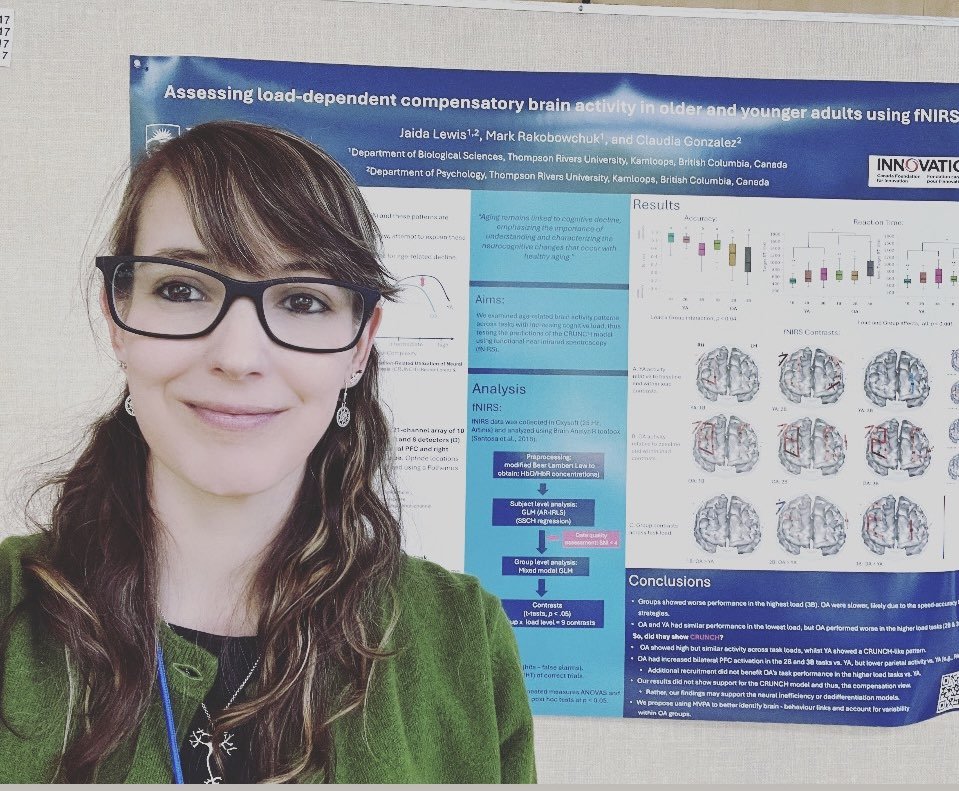


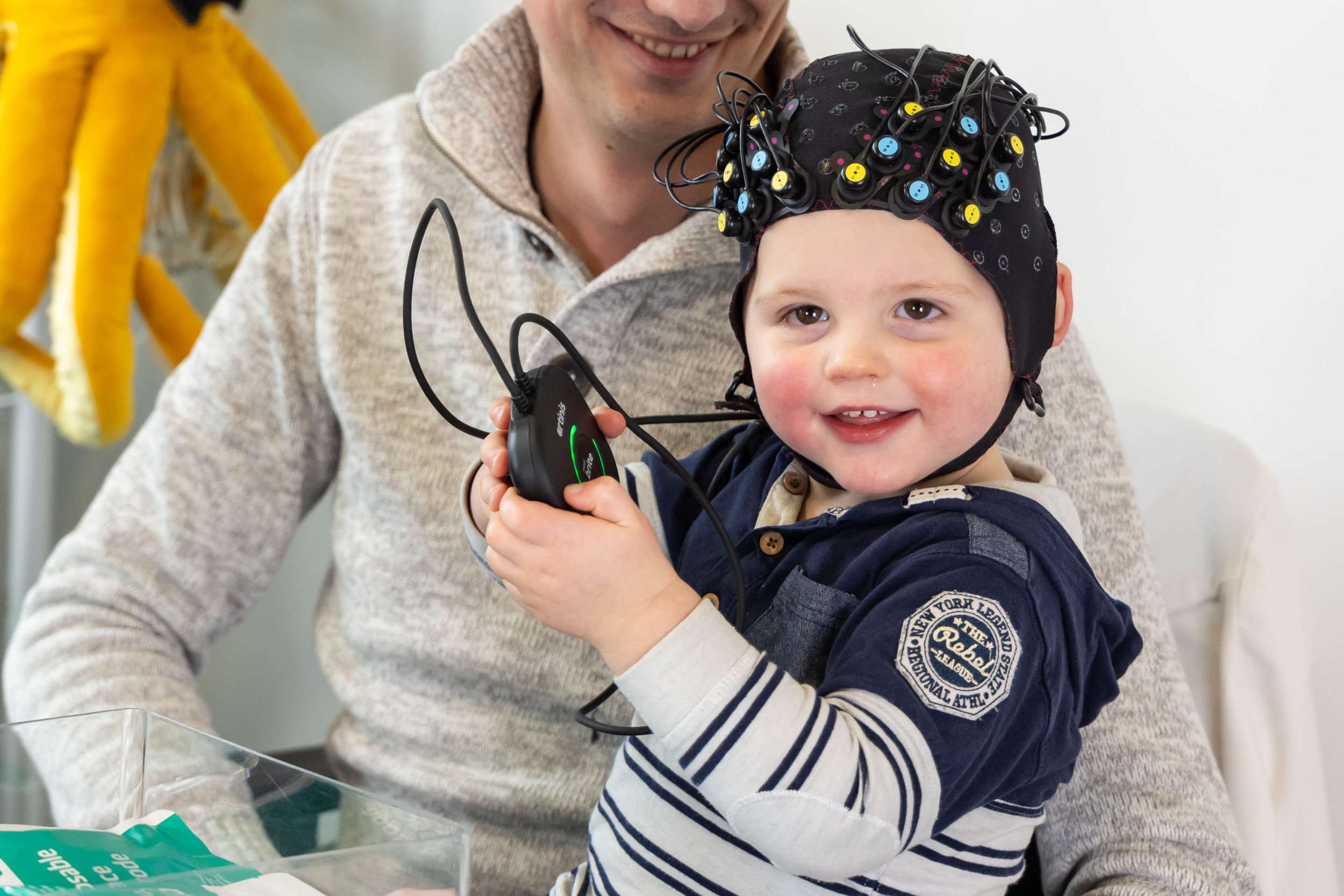
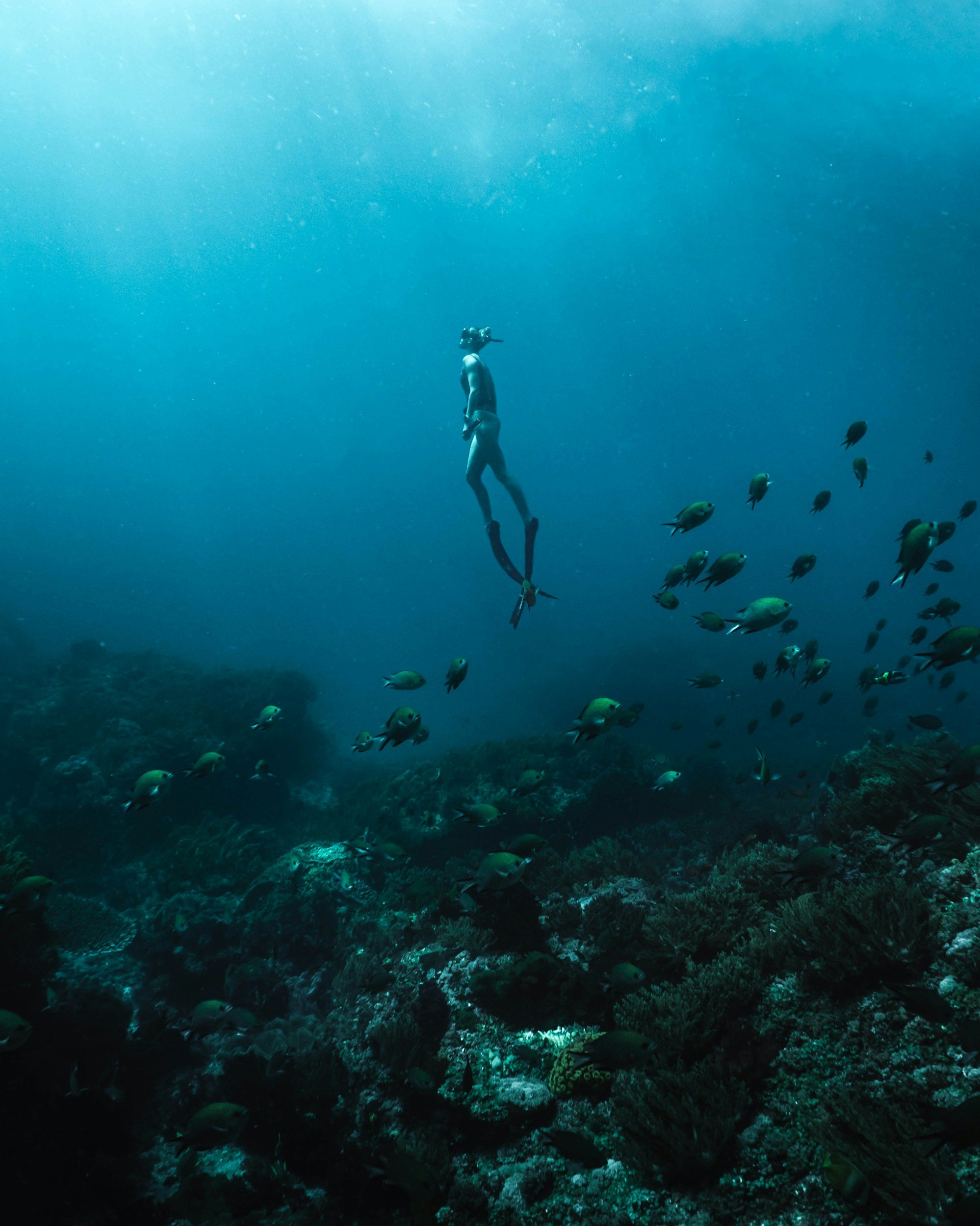
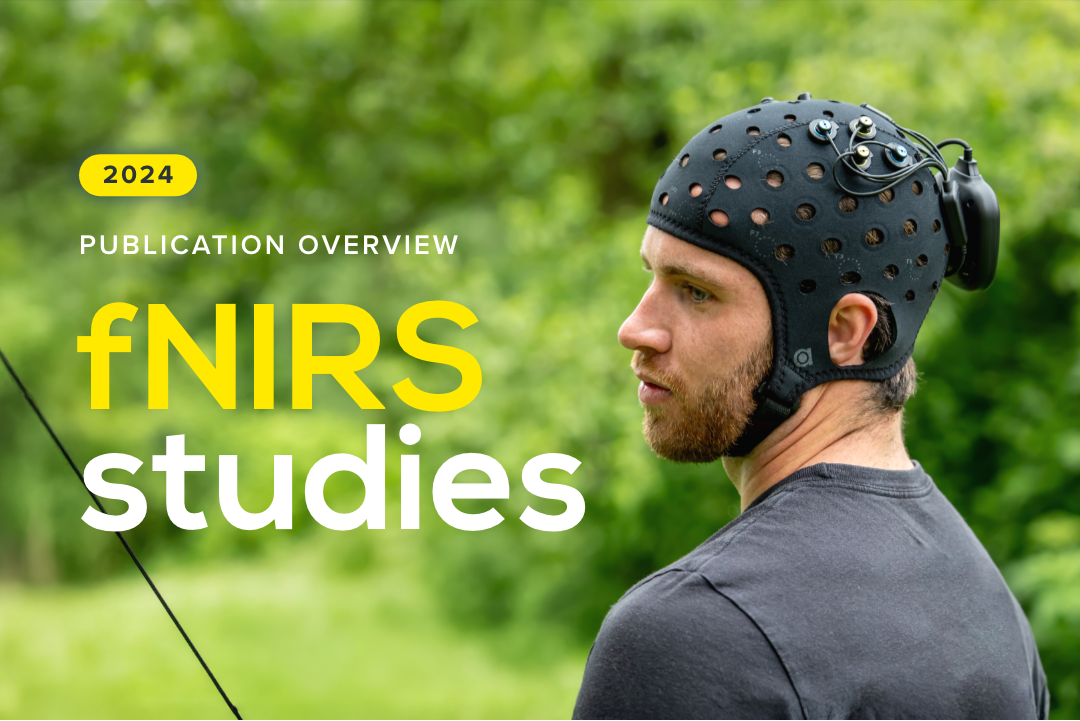
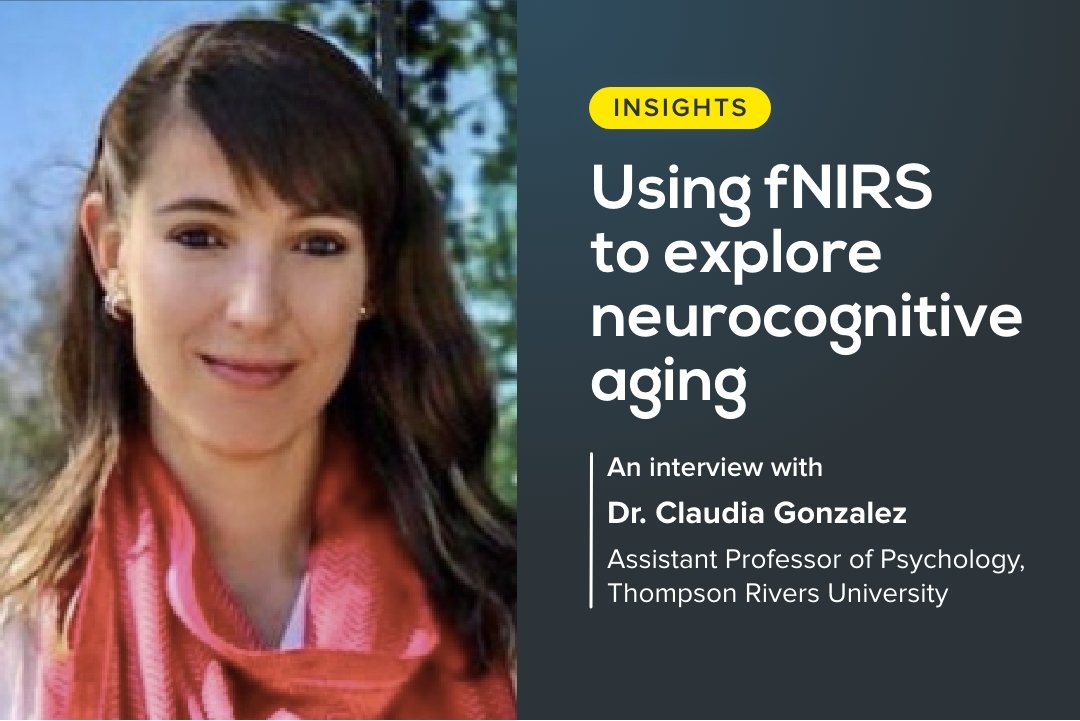
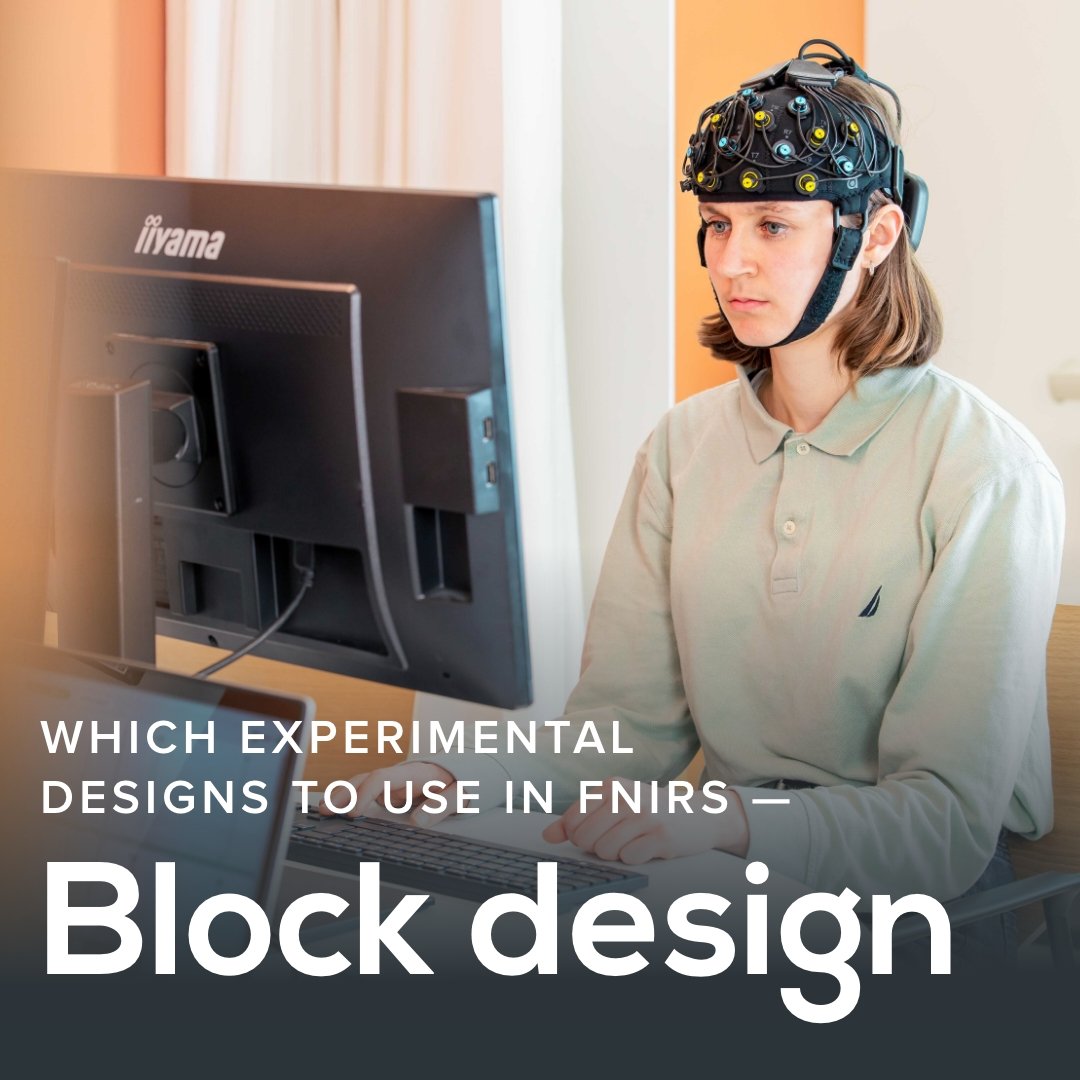
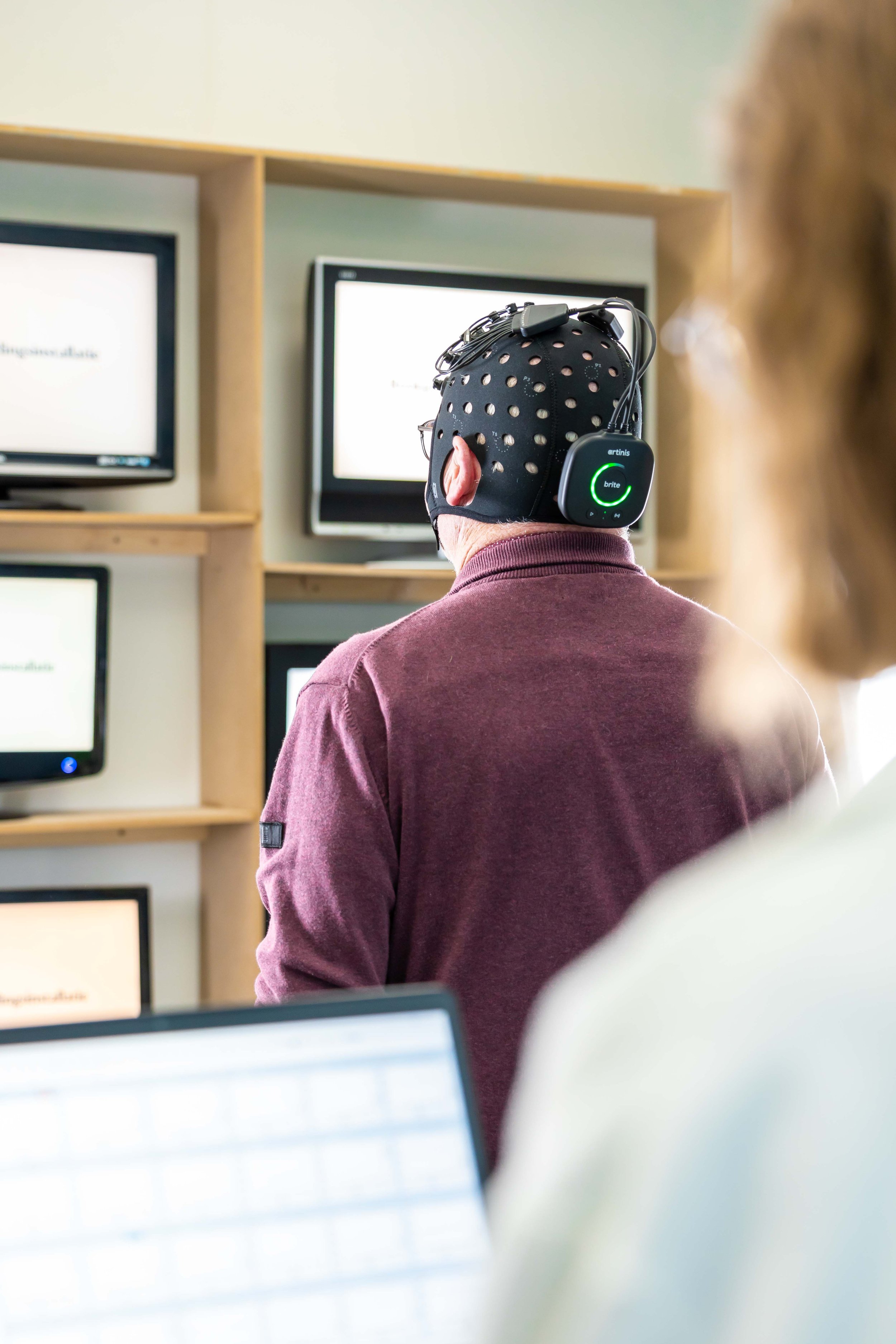
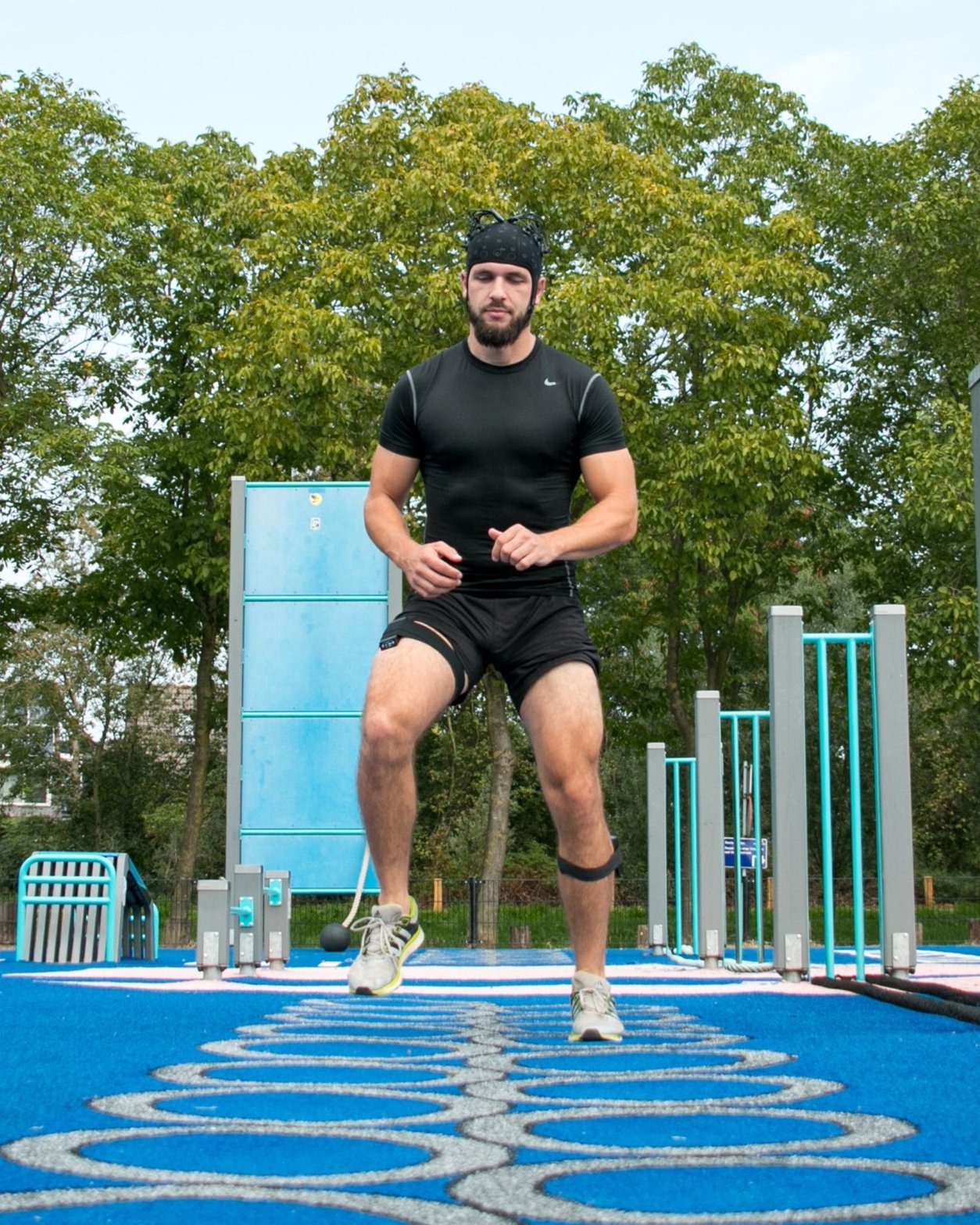
Event-related study design is frequently used in fNIRS experiments, especially in naturalistic settings or multimodality setups. In this blogpost, we explain what event-related study design is, and dive into its advantages and considerations, as well as recommendations on how to best set up an event-related fNIRS study.